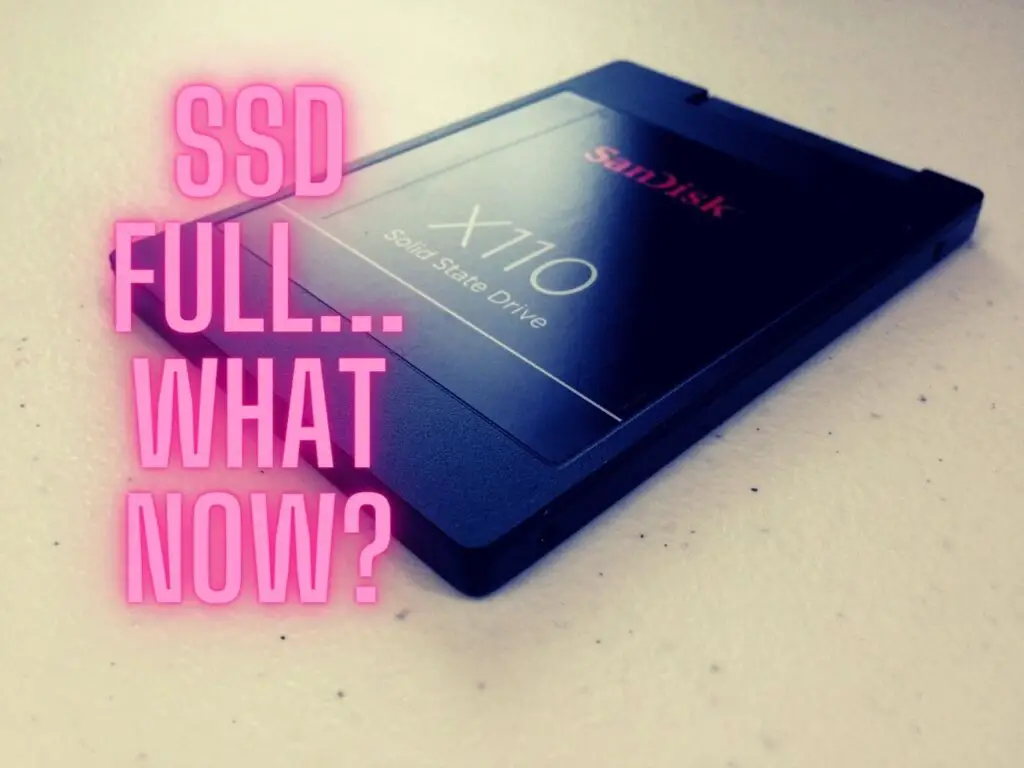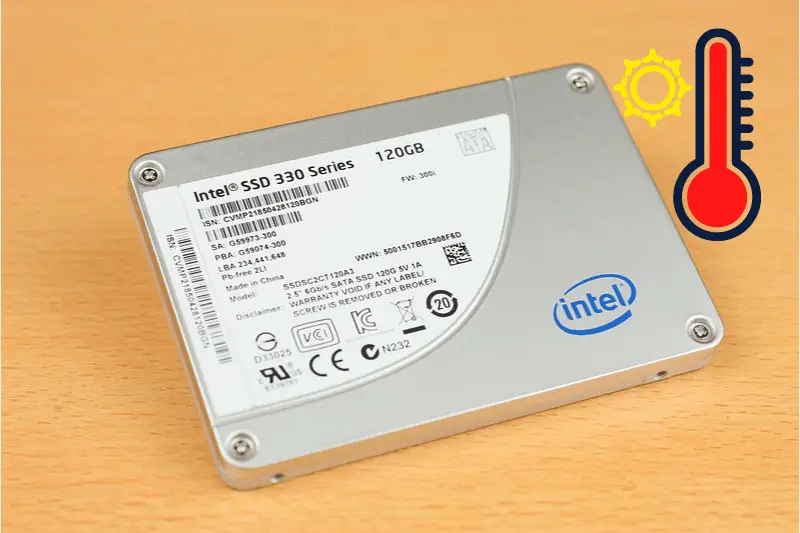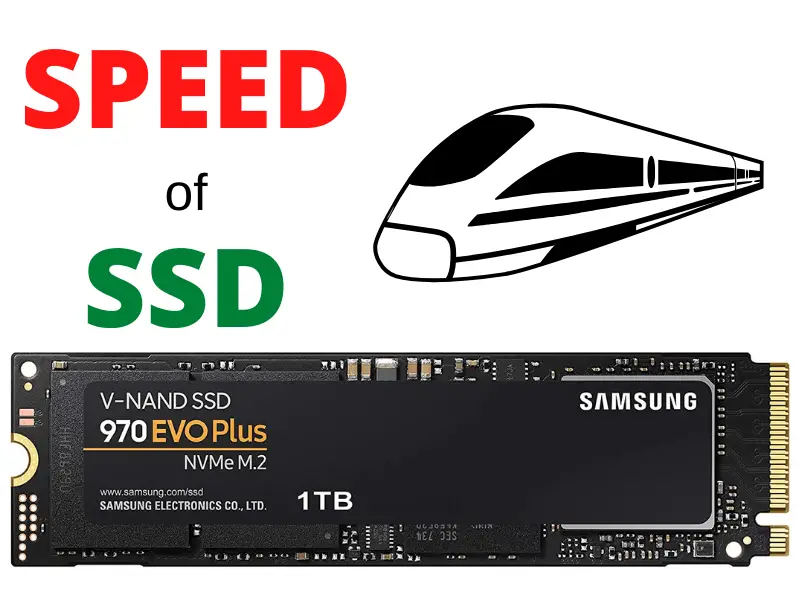As a smart home enthusiast, I’ve always been interested in finding the most secure smart home devices to keep my family safe and our privacy protected.
With the rapid advancement of technology, it’s not surprising that smart home devices are becoming increasingly popular.
They offer convenience, improve our daily lives, and can even make our homes more energy-efficient.
However, as we become more reliant on these devices, ensuring their security has become more important than ever.
Table of Contents
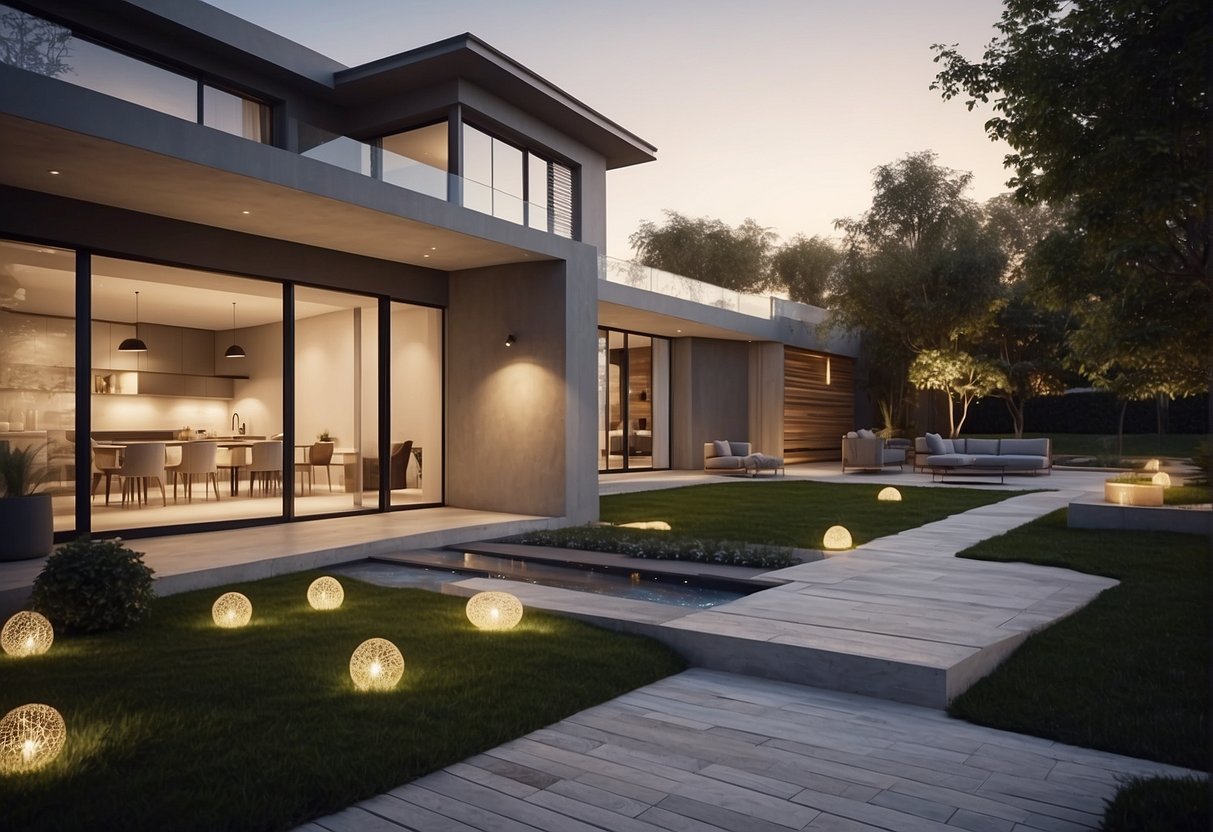
In recent years, we’ve seen numerous high-profile security breaches of smart home devices, leaving consumers questioning their reliability.
To address these concerns, companies in this industry have been working hard to improve the security features of their products, giving us a wide range of options to choose from.
Throughout this article, I will be discussing the different aspects of a secure smart home, from the best devices to tips and best practices that can keep your home safe and secure.
When setting up your smart home, it’s crucial to prioritize security alongside convenience and efficiency.
The most secure smart home setup not only brings peace of mind but also protects your personal data and belongings.
So without further ado, let’s explore the essentials of creating the most secure smart home environment for you and your loved ones.
Understanding Smart Home Security
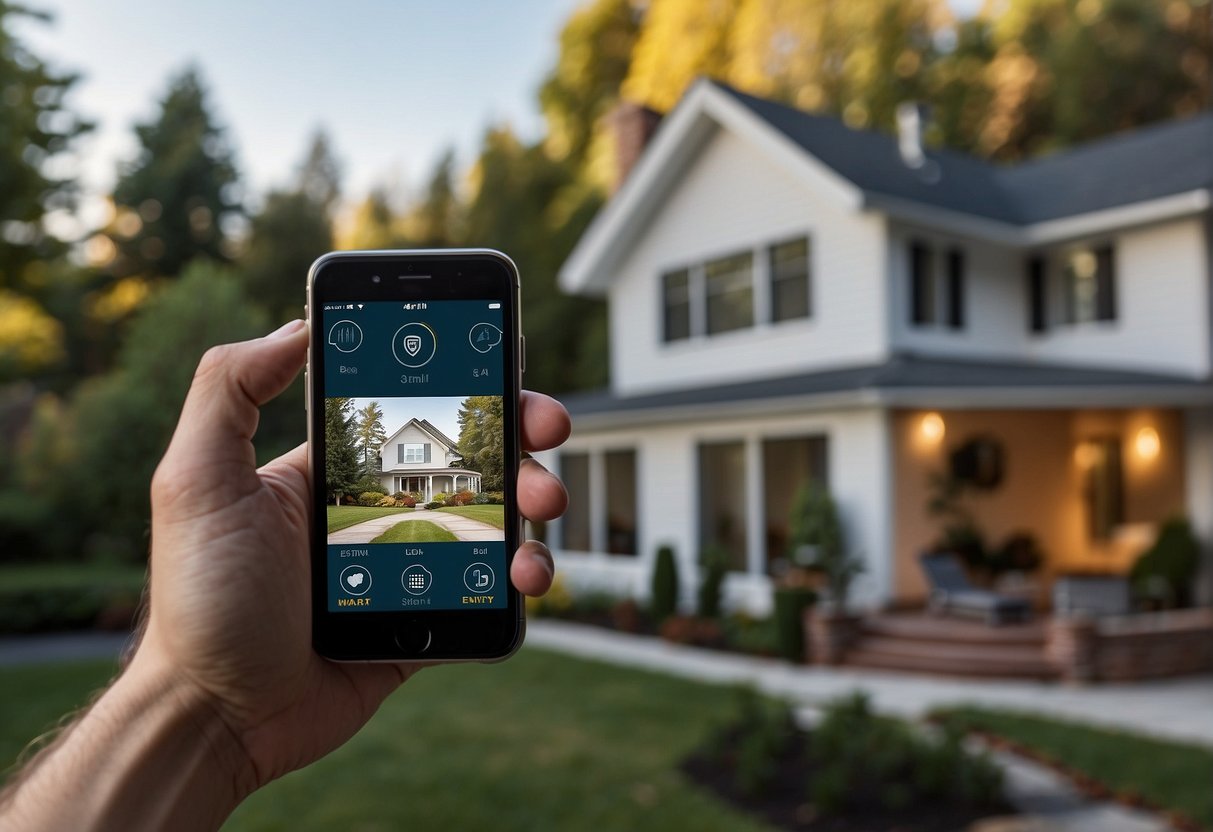
What is a Smart Home?
A smart home is a residence equipped with various devices and technologies that allow the homeowner to control and automate various aspects of the home.
These technologies can include smart thermostats, lighting systems, and appliances. For me, the most important aspect of a smart home is the security system.
Smart home security systems are designed to provide a higher level of protection against potential intruders.
They can include video surveillance cameras, motion detectors, and smart locks. With the help of mobile apps, I can easily control and monitor my smart home security system from anywhere.
Smart Home Security Essentials
In my opinion, there are a few essential components of a smart home security system that everyone should consider:
- Video Surveillance Cameras: These cameras allow me to monitor my home in real time and receive alerts if any suspicious activity is detected. The best wireless home security cameras offer high-resolution video and easy installation.
- Motion Detectors: These devices will alert me if any movement is detected inside or around my home. They can be placed strategically around windows and doors to ensure maximum protection.
- Smart Locks: These locks offer an added layer of security by allowing me to lock and unlock my doors remotely. I no longer have to worry about lost keys or hiding a spare key, as I can simply use my smartphone to control my locks.
- Window and Door Sensors: Placing sensors on windows and doors will alert me if they are opened unexpectedly, ensuring that my home remains safe and secure.
It’s important for me to remember not to rely solely on technology, but also take practical steps to improve the security of my home. This may include removing hidden house keys and ensuring that my windows and doors are properly secured.
In conclusion, by investing in a smart home security system and taking practical measures, I can create a safer environment for myself and my loved ones.
Selecting Your Smart Home Devices

When it comes to enhancing the security of your home, choosing the right smart home devices is crucial. In this section, we will focus on two essential aspects: smart locks and alarms, and innovative surveillance through cameras and doorbells.
Choosing Smart Locks and Alarms
Smart locks have quickly become one of my favorites in smart home security. They not only provide keyless entry but also often integrate with other smart home devices, making it easier for me to manage my home security system.
When selecting a smart lock, I consider factors like compatibility with existing door hardware, ease of installation, and integration with smart home platforms (e.g., Amazon Alexa, Google Home, etc.).
In addition to smart locks, alarms play a significant role in keeping my home secure. Sensors that detect door and window openings, glass breakage, and motion are essential components of any security system.
I also like to choose alarms that offer remote control capabilities through smartphone apps, so I can monitor and control my security system even when I’m not home.
Innovative Surveillance: Cameras and Doorbells
When it comes to smart security cameras, I usually opt for a mix of indoor and outdoor cameras.
Outdoor cameras should be weather-resistant and designed for monitoring my home’s exterior, while indoor cameras focus on the interior spaces.
Some key features I consider when selecting security cameras include video resolution, night vision, and motion detection capabilities.
Video doorbells have revolutionized the way I secure my front door. With a doorbell camera, not only can I see and speak with visitors remotely, but I can also monitor the front porch for packages or potential intruders.
Important factors to consider while selecting video doorbells include image quality, two-way audio, and smart home integration.
To sum it up, selecting the right combination of smart home security devices can greatly enhance the safety and security of your home.
Remember to focus on choosing high-quality smart locks, alarms, and cameras that best suit your specific needs and preferences.
Installation and Integration
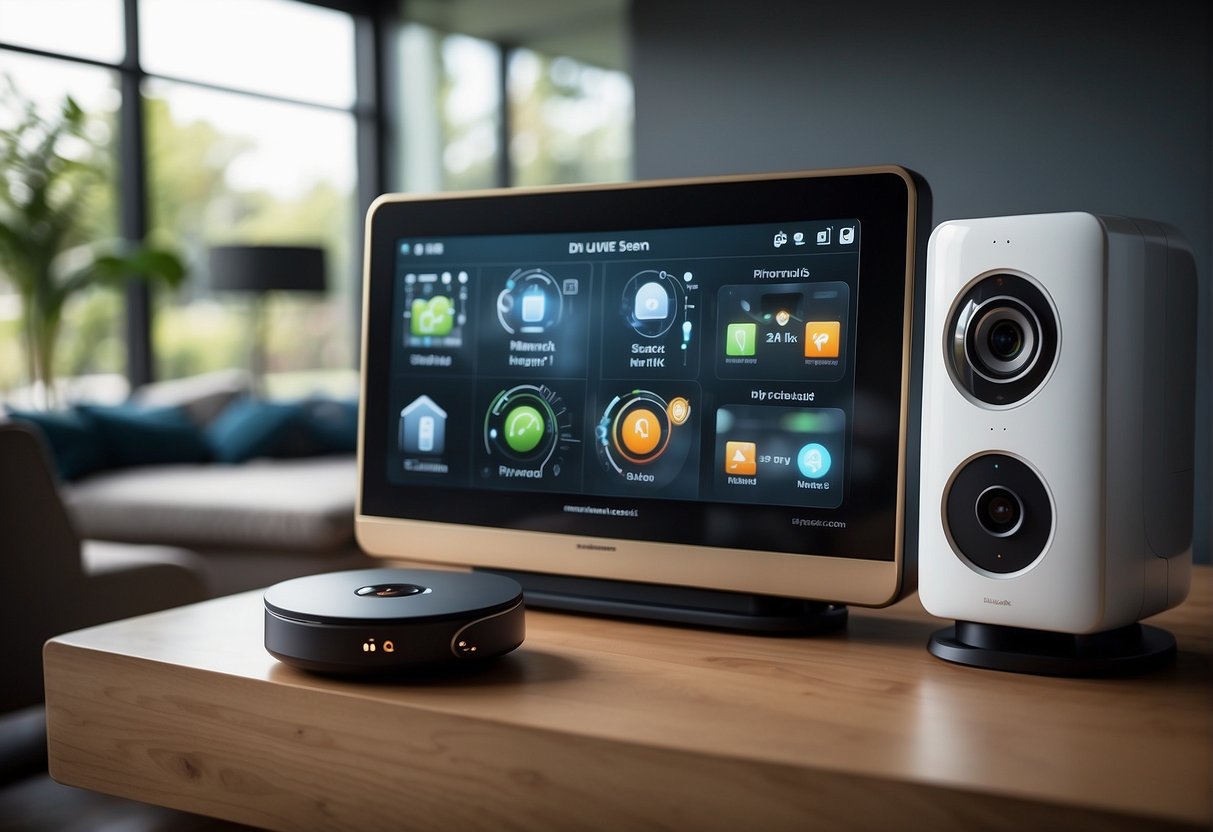
Professional vs. DIY Installation
When it comes to installing a secure smart home system, there are two main options: professional installation and DIY home security.
With professional installation, an expert comes to your home to assess your needs, install the equipment, and ensure everything is working properly.
A professional installation usually results in a higher quality outcome, as technicians have experience handling various scenarios and resolving any issues that pop up during the process.
On the other hand, DIY home security allows you to save money by installing the system yourself.
Many smart home security systems now come with user-friendly smartphone apps and step-by-step instructions, making the process more accessible than ever.
However, DIY installation may require additional research and effort on your part, as well as extra time spent troubleshooting any issues that arise.
Smart Home Ecosystems and Compatibility
When setting up a secure smart home, it’s essential to ensure that your chosen system is compatible with the popular smart home ecosystems.
The three main ecosystems are Apple HomeKit, Google Home, and Amazon Alexa.
Compatibility with these platforms enables seamless integration and control of your smart home devices via voice commands and smartphone apps.
Here’s a quick comparison of these ecosystems:
| Ecosystem | Supported Devices | Voice Assistant |
|---|---|---|
| Apple HomeKit | iPhone, iPad, Apple Watch, Mac | Siri |
| Google Home | Android smartphones, Google Nest devices, Chromecast | Google Assistant |
| Amazon Alexa | Amazon Echo devices, Fire TV, select smart devices | Alexa |
Before investing in a smart home system, I always recommend checking that it works with your preferred ecosystem.
Additionally, when purchasing smart home devices, ensure they’re compatible with your chosen system for a seamless and secure experience.
Vivint, for example, offers compatibility with both Google Home and Amazon Alexa, giving you more flexibility in controlling your smart home through voice commands and smartphone apps.
Enhancing Security and Privacy
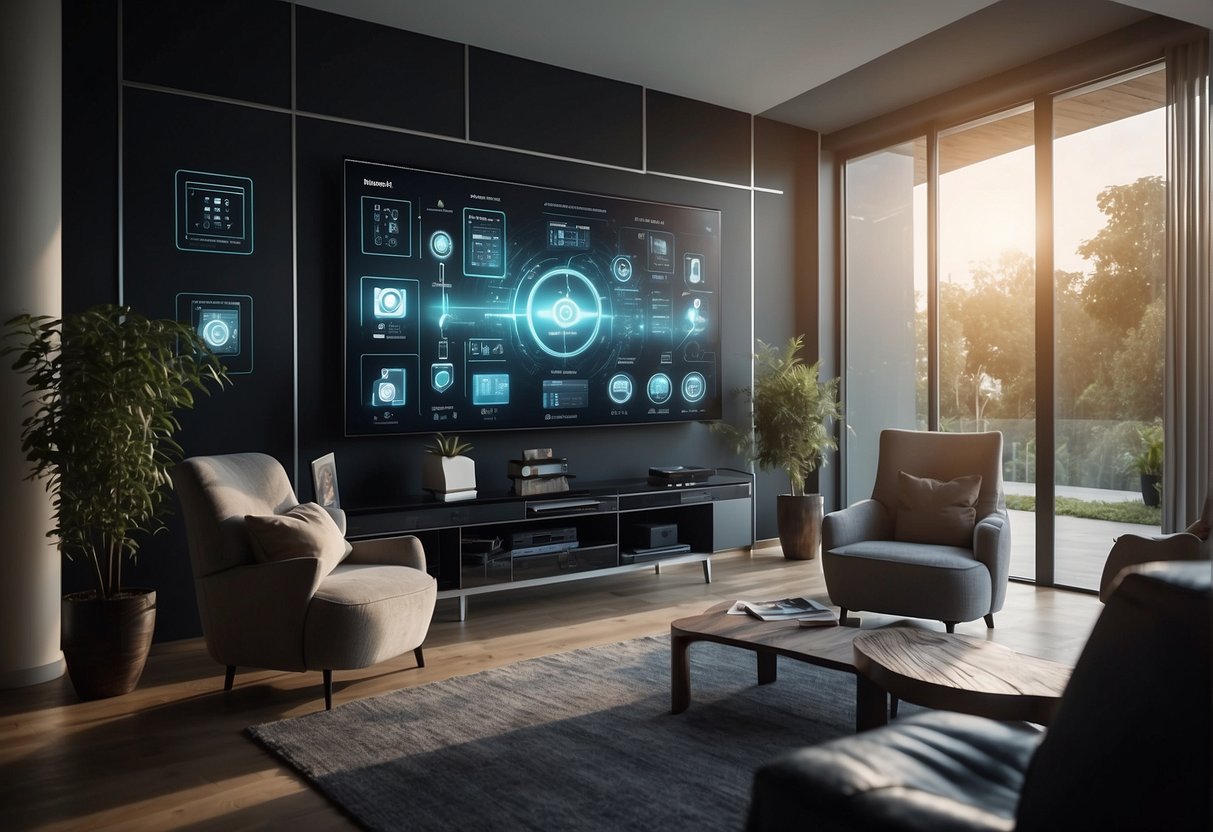
Monitoring and Alerts
One of the key features of a secure smart home system is monitoring and sending alerts to keep me informed.
I can opt for self-monitoring or go for a monthly subscription for professional monitoring services, which are often more advanced and responsive.
- Self-monitoring: This option allows me to control my smart home security devices directly, and I receive alerts on my smartphone. If I notice any suspicious activities, I have to take action and contact the emergency services myself.
- Monthly subscription: With a monthly subscription, a professional security team monitors my home 24/7. If any issues are detected, they will notify me and contact the emergency services as needed.
To ensure my smart home stays secure, I’ve found it’s beneficial to use a mix of both self-monitoring and professional monitoring services. This helps provide comprehensive coverage for my home, maximizing its security.
Protecting Your Data
In this era of smart devices, protecting the data is as important as protecting the home.
My smart home collects vast amounts of data from various devices I have installed, so it is crucial that I consider privacy and data security.
- Securing data transmission: Ensuring that the data being transmitted between my devices and the control hub is encrypted is essential. It prevents intruders from intercepting and manipulating the data.
- Cloud storage: Many smart home security systems offer cloud storage options for storing data like video footage. While storing data in the cloud can be convenient, I make sure to choose a system that follows stringent security protocols and encryption to keep my data safe.
By focusing on these aspects of security and protection, I can significantly improve the safety of my smart home and maintain my privacy.
These measures allow me to enjoy the benefits of smart technology while minimizing risks.


